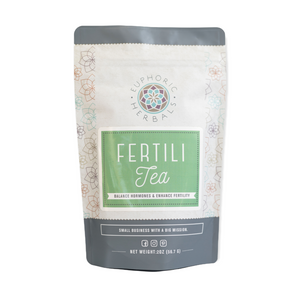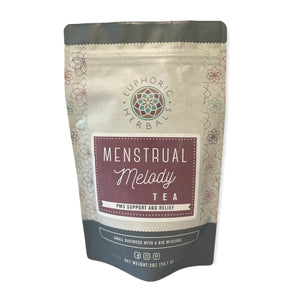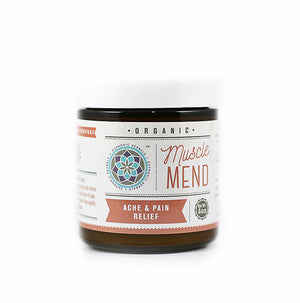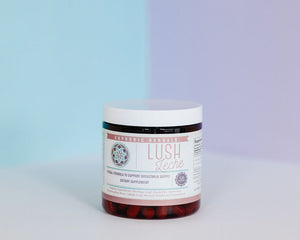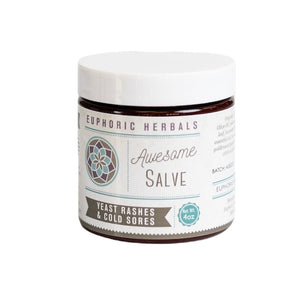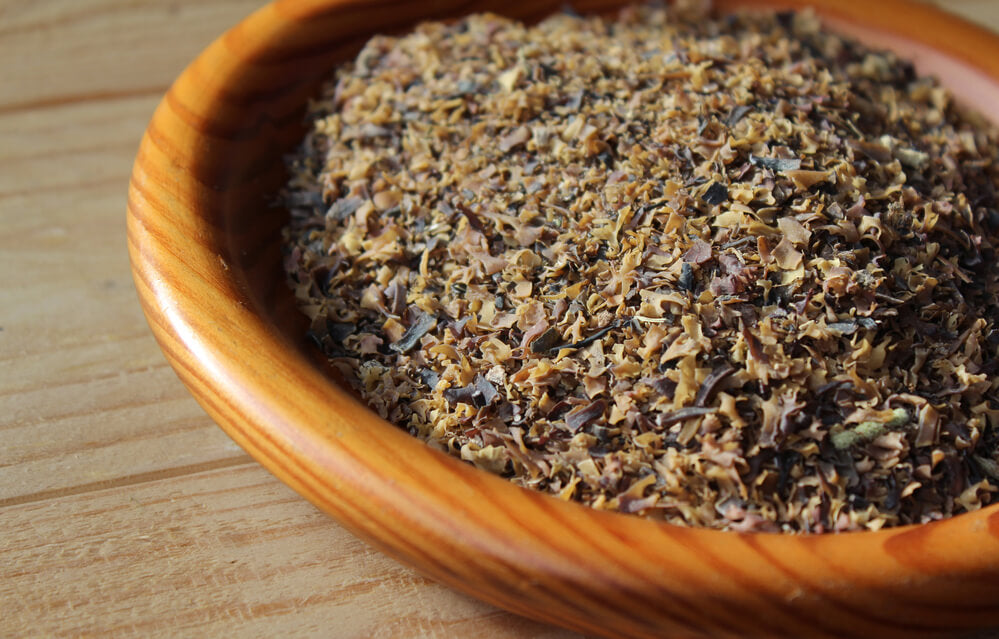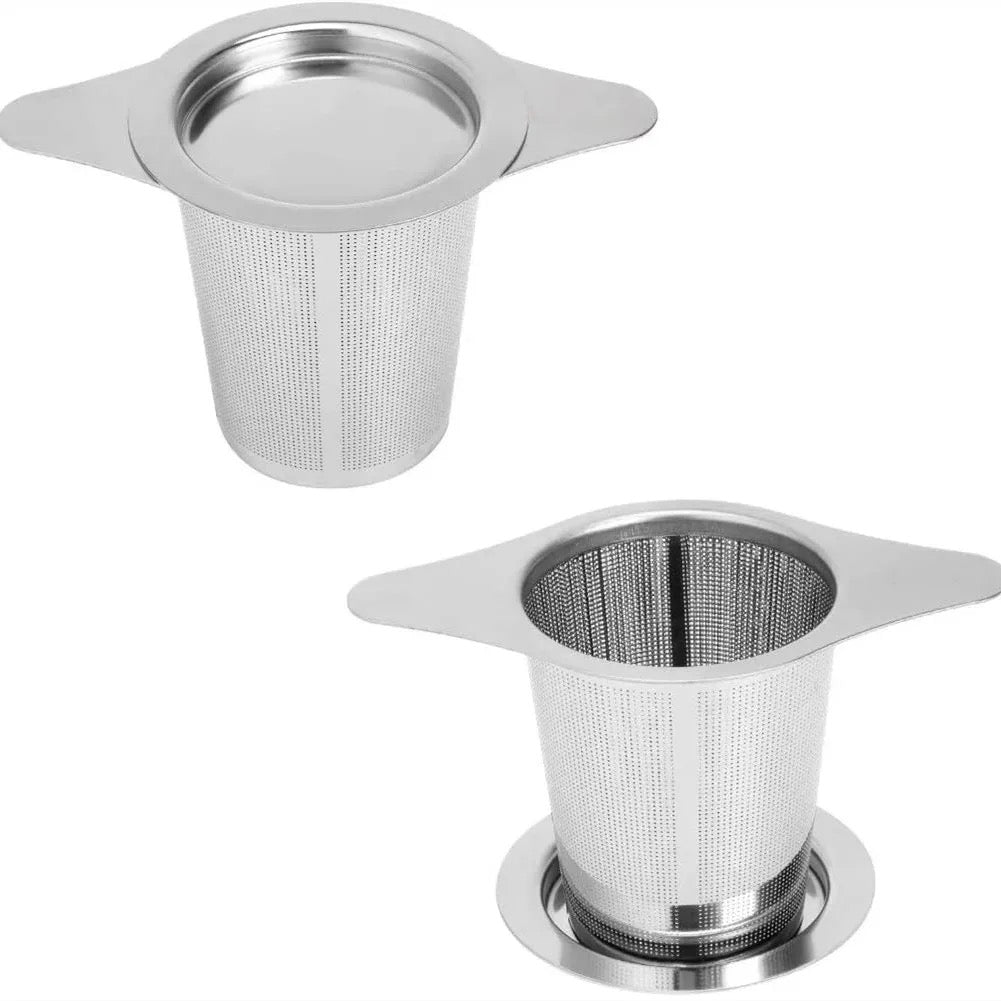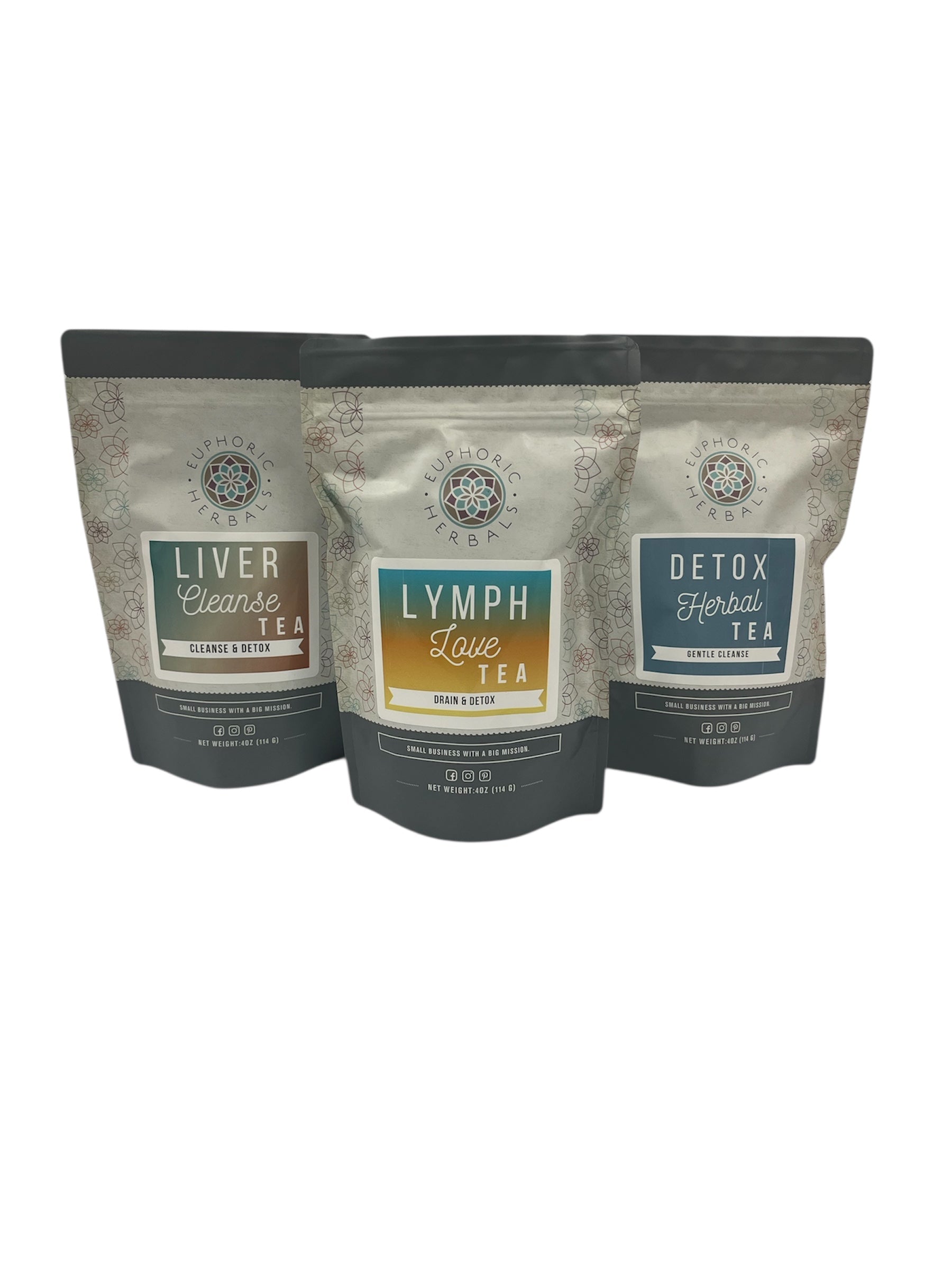Irish moss, also known as Irish sea moss, isn't a moss at all. It's actually a seaweed that grows in the waters of the Atlantic ocean. Because of the many benefits of Irish moss, it's now labeled a "superfood" by many.
Another nickname for Irish moss is carrageenan. This name is believed to have come from the Irish word carraigín, which means 'little rock'. You're likely familiar with carrageenan as a thickener and common food additive, but the two are not exactly the same.
Here's more about sea moss, its incredible benefits, and how to make your own sea moss gel.
What Is Irish Sea Moss?
Irish sea moss (Chondrus crispus) is a red seaweed that's found mainly along the Atlantic coastlines of Europe and North America. It has a long tradition of use in Ireland, parts of Scotland, and Jamaica. There are now also some cultivated areas of Irish moss, grown mainly for their carrageenan content.
In places like Ireland, sea moss is typically harvested after the spring tides. Harvesters go out into the shallow waters with rakes used to take the seaweed off the rocks. They typically do this by boat or horseback.
The seaweed is then dried in the sun for up to two weeks before being packaged.
It shouldn't come as any surprise that Irish moss has an especially rich history of use in Ireland. The seaweed was used in the 1800s for colds and respiratory issues like tuberculosis and pneumonia. It was frequently boiled in milk, strained, and flavored to make a pudding-like treat.
Perhaps the most famous use of Irish sea moss came during the Irish Potato Famine (1846-1848). With so many people facing starvation, those living on the coast turned to this red seaweed to survive. Its nutritious nature likely saved many, but it fell out of favor for a while because of its connection to hardship.
Thankfully, sea moss has been "rediscovered" so that many other people can enjoy its benefits today.
Is Irish Moss the Same Thing as Carrageenan?
Because it is sometimes referred to as carrageenan, many people are wary about the health benefits of Irish moss. This is because of studies showing that long-term consumption of carrageenan could cause inflammation and gastrointestinal issues. (1)
To be fair, other respected researchers believe that the studies on carrageenan are flawed and it poses no danger.
Either way, there is a possibility that this common food additive may cause digestive problems. From personal stories, it also seems more likely to cause a problem in those who already have a digestive disorder like Crohn's or IBS.
But despite sharing the same name, Irish sea moss and the food additive carrageenan are not the same thing.
The food additive called carrageenan is extracted from red seaweeds, mainly Irish moss. The end result is a very processed, though natural, ingredient with little to no nutritional value. It acts as a thickener in many foods and products, but does not share the benefits of sea moss.
Using Irish moss in its whole, unprocessed form does not have any of the same health concerns that the extracted carrageenan does.
Top Health Benefits of Sea Moss
Very Nutritious and Restorative

The nutritional quality of Sea Moss is one of the reasons it became an emergency food during a famine. It's also one of the reasons it picked up the label of superfood.
Irish sea moss contains 92 out of the 102 minerals found in the human body. It's especially rich in a highly bioavailable form of iodine, which plays a big role in thyroid health (more on that later). Sea moss is also high in B vitamins, calcium, vitamin C, beta-carotene, magnesium, iron, fiber, and protein. (2)
Because of its nutritious nature, Irish moss is a good food to consume after a long illness. It can help your body replenish its nutrient supply and restore vitality.
Supports Respiratory Health & Relieves Congestion
The benefits of Irish moss for the respiratory system have been known for a few hundred years. It can be used to make a thick gel that is very soothing for the throat and lungs.
Irish sea moss also contains a compound called potassium chloride. Potassium chloride works in your body to relieve congestion by dissolving catarrh (excess mucus) and phlegm. This, combined with an ability to calm inflammation, makes sea moss a useful ally for chest colds and other respiratory ailments.
Boosts Your Immune System
Irish moss is also believed to boost the immune system and help your body fight off pathogens. One study found that it could both enhance immunity and suppress the activity of certain pathogenic bacteria. (3)
The same study documents research indicating that sea moss has antiviral properties as well. This makes it a good supplement to add to your diet whenever your immune system needs some support and possibly after a viral or bacterial infection has already taken hold.
Supports Thyroid Health
Your thyroid is an important gland that's involved in essential functions like metabolism and brain health. Iodine is one of the most important nutrients needed for your thyroid to have a healthy function. And because Irish sea moss is rich in it, it can support thyroid health.
However, the benefits of Irish moss go beyond just iodine content. It contains specific forms of iodine known as DI-Iodothyronine (DIT), Thyroxin (T4), and Tri-iodothyronine (T3). These three iodine compounds are all vital for a healthy thyroid and healthy metabolism.
Sea moss also contains selenium, folate, and riboflavin, which contribute to energy and good metabolism as well.
Aids Digestive Health
Irish sea moss can help your digestion in a few ways. Eaten in its whole form, the seaweed contains a good amount of fiber that is helpful for keeping you regular. It also acts as a prebiotic to feed good bacteria in your gut and colon, which is very good for overall digestive health. (4)
Sea moss also forms a mucilaginous substance when combined with liquid. This gives it very soothing properties for the tissues in your digestive tract. It can help with indigestion and upset stomach, inflammation, and even occasional constipation.
May Help Weight Loss

There aren't any studies proving Irish moss can help with weight loss, but it can reduce appetite. The gel-like consistency and fiber in the sea moss make you feel full and less like eating (much like chia seeds). This doesn't necessarily mean you'll lose weight, but it can be used as a natural supplement to help with a weight management program.
Nourishes Skin
There are benefits of Irish moss for your skin when it's used both inside and out. Along with many other nutrients, it contains omega-3s and vitamin A, which are both good for skin health. It also contains citrulline–arginine, which helps your body synthesize collagen, an important skin protein.
Used topically, sea moss can be made into products that hydrate skin and soothe irritations. It also contains vitamins, minerals, and antioxidants that may fight signs of aging.
How to Make Sea Moss Gel
Sea moss gel has become a very popular and easy way to use Irish moss as a supplement and for skincare. You can eat it to get its incredible nutrition or apply to skin that needs soothed.
The good news is that sea moss gel only has a very faint "sea" taste. It blends easily into other foods, and you likely won't even notice it's there. You can buy the gel online and in health food stores, but it's incredibly easy to make your own. All it takes is Irish moss and water!
Here's how to make your own gel:
- 1 cup dried sea moss
- 1-2 cups filtered or spring water
- Extra water for soaking
- Start by rinsing your sea moss thoroughly to get rid of any particles.
- Place your sea moss in a bowl and cover it with water.
- Let it soak for 12-24 hours at room temperature or in the refrigerator.
- Strain out the sea moss. Some people like to use the water it was soaking in to make the gel, while others discard it and start fresh. It's up to you!
- Put the sea moss into a high-powered blender and add 1 cup of water.
- Blend for 1-3 minutes until the mixture is completely smooth, adding more water if needed. (Less water equals a thicker consistency, more water equals a thinner gel.)
- Put the gel in an airtight glass container and refrigerate about 2 hours to finish thickening the gel.
- Sea moss gel will last about 3-4 weeks in the fridge, and can be frozen for 6 months or longer.
The normal "dose" for sea moss gel is 1-2 tablespoons a day. Start at the low end, and see how you feel.
You can also take Irish moss powder as a supplement if you prefer something that isn't gelatinous.
Precautions
Irish moss is typically safe to consume in food-like amounts. If you have a thyroid disorder, you may want to speak to your doctor before consuming sea moss, especially if you need to watch your iodine intake.
Sea Moss: A New Superfood?
Sea moss certainly has a lot going for it. It's incredibly nutritious and good for digestion, immunity, respiratory health, and more.
Making sea moss gel is an easy way to consume this potential superfood. After taking it a while you may notice positive changes in your skin and hair. With a mild taste that can easily be disguised and so many benefits, why not give Irish moss a try?!
Disclaimer: This post is for informational purposes only. It does not constitute medical advice and should not be substituted for medical advice. Please consult your health care provider, herbalist, midwife, or naturopathic physician before taking herbs, supplements, etc. Here's the link to our full disclaimer.






















































